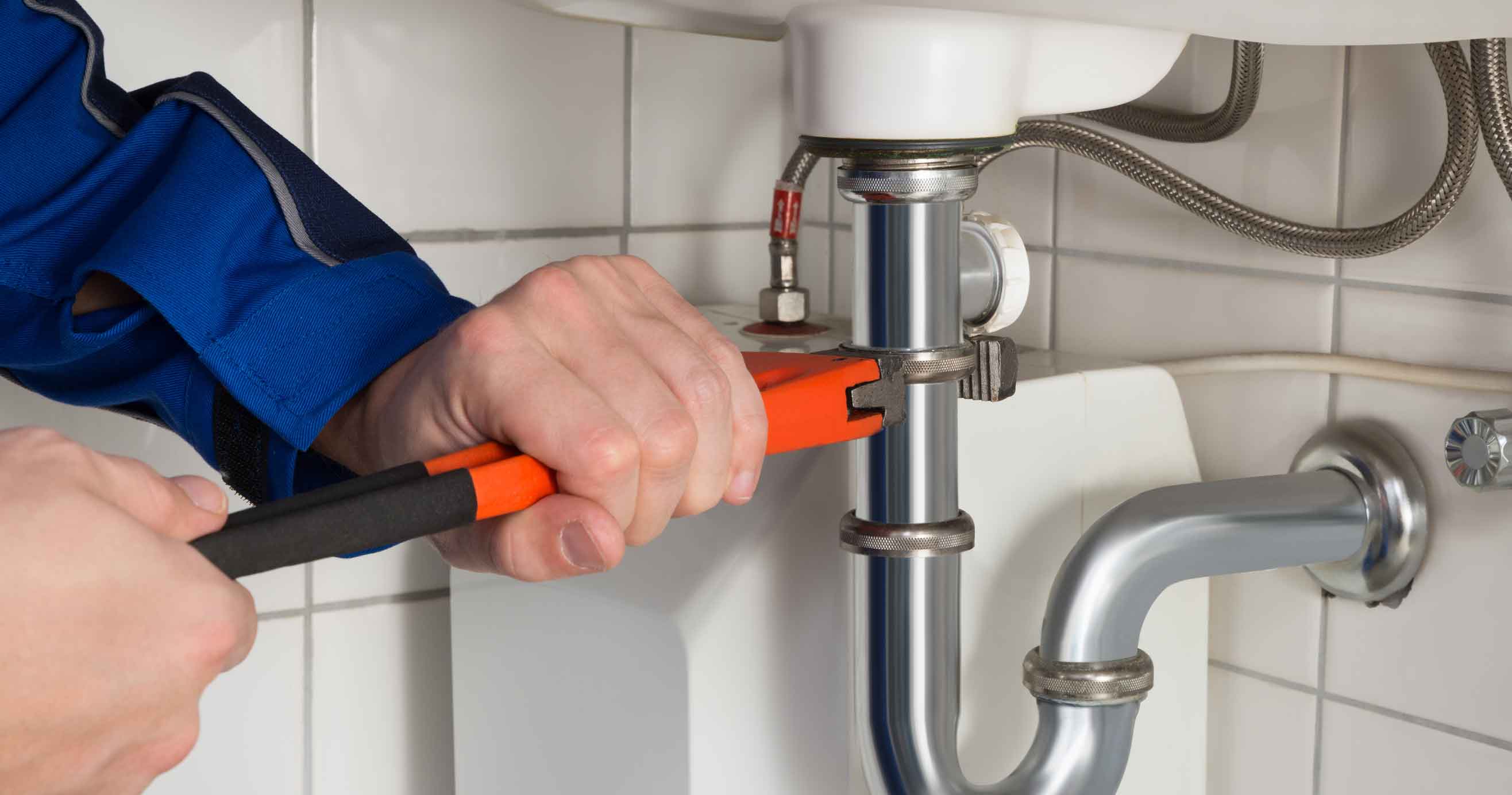Many houses disregard their pipe leak issues because they underestimate their effects. They contact a water leakage Singapore company when it’s too late, usually when the damage is already impossible to take care of. The fact is that the water damage leaky pipelines may appear in various types depending upon their stems.

Hazards of water seepage
The greatest hazard of water seepage to architectural cohesion is when moisture has reached the building’s steel framework, which belongs to the structure’s base. Architectural steel should last numerous lifetimes, yet the metal will rust when it’s not effectively safeguarded. And when it does, it bulges.
The steel deterioration will push into the area around it, inducing pieces of concrete to split, aggravating the issues (as more moisture can get it). When left unrectified, the corrosion can cause various architectural damage, such as cracks on interior and exterior wall surfaces, broken arch bars of doors, falling stonework, and displacement of door/window structures.
Changes in Soil Density
The dirt where your house is built was initially slightly loose. It was compressed to improve its density and make it safe for constructing such an enormous structure. It’s possible that specific locations were not effectively compressed or the area of your home is susceptible to below-ground motions. If so, your residence’s structure might shift, causing pipeline changes.
Deterioration
This isn’t a huge problem with newly developed residences on the Sunshine Shore. Still, homes that go to the very least 20 years old must be carefully inspected for corroding pipelines. Not only does this present some health issues, as corrosion may be infecting the water system, but it can also suggest unnoticed leakages that might have been going on for a long time. Decay can eat its way into the pipe’s material, weakening its tolerance against pressure.
Rapid Change in Temperature Level
Cold and hot water goes through your house at any given time. The pipelines extending between the heat source and your faucet, tub, or shower regularly experience tightening and growth when cold and hot water swiftly goes through them. Therefore, areas of the pipelines that endure the most damage might split and trigger a leakage.
Signs of Water Infiltration
However, not all leaking pipelines are conveniently identifiable. The pipes behind wall surfaces and ceilings can spread, and you may notice it when structural cohesion damages are underway.
- Splits and protrusions on floorings and ceilings
- Fractures on walls, particularly when they go through numerous levels or around the area
- Mold appearance or mildewy smells
- Water discolorations, especially when it’s corrupted in color
- Warped floorboards and wallpapers


















